News
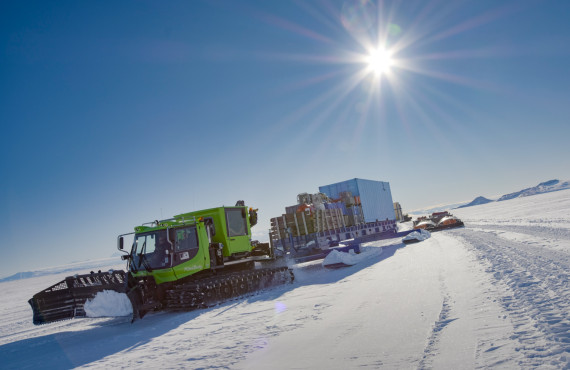
Mission for ancient climate clues beneath 500 m of Antarctic ice gets underway
An international team has set up a remote camp on the ice 700 km from the nearest base (Scott Base) to attempt to drill for mud and rocks holding critical insights about the fate of the West Antarctic Ice Sheet in our warming world.
Find out more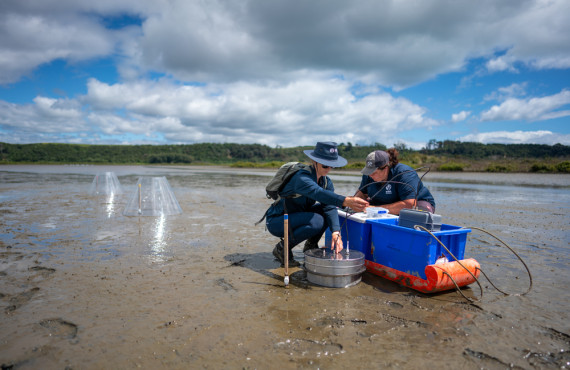
Degraded estuaries feel the heat
Degraded estuaries are less resilient to the impacts of heatwaves, new research from Earth Sciences New Zealand shows.
Find out more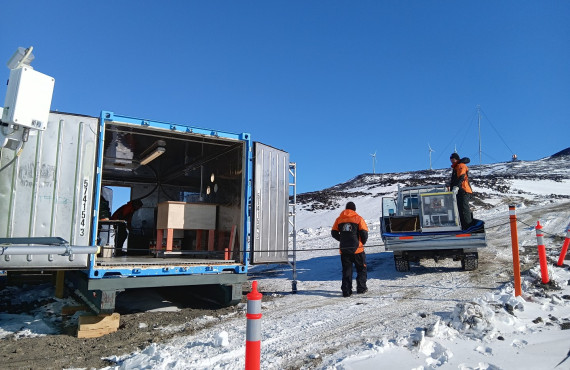
NZ and US studying “huge unknown” in Antarctic climate science
Scientists are measuring a huge unknown in climate science: how much heat Antarctica emits into space.
Find out more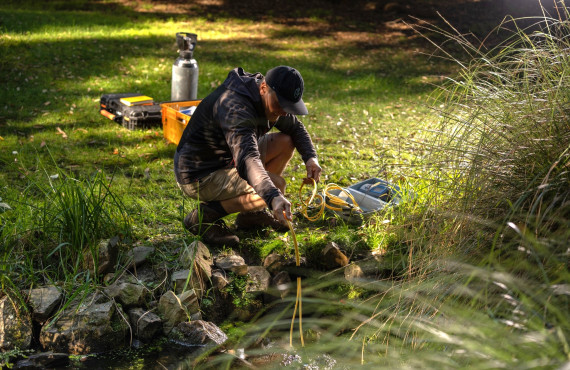
Study provides a step-change in our understanding of New Zealand’s groundwater
Earth Sciences New Zealand has developed a world-first National Groundwater Age Map and a powerful suite of tools to support the sustainable management of our hidden groundwater resources, from national through to local scales.
Find out more
Earth Sciences New Zealand announces its new Chief Executive
Earth Sciences New Zealand Chair, David Smol, is pleased to announce the appointment of James Palmer as Chief Executive of the organisation, with effect from 2 March 2026.
Find out more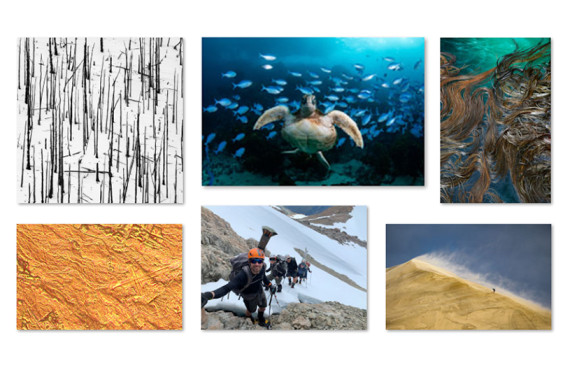
Scientists’ stunning snaps
An annual photography competition held by Earth Sciences New Zealand has put our exceptional natural environment in the spotlight.
Find out more
It’s breeding season for invasive clam
Earth Science NZ researchers are seeing signs that the breeding season for the invasive freshwater gold clam (Corbicula fluminea) has begun.
Find out more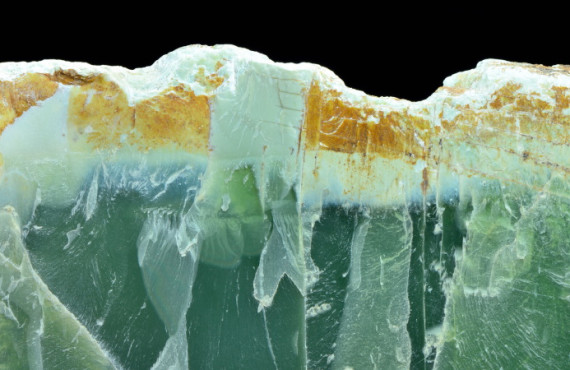
Carving deep into the secrets of Pounamu – a hui of stone, culture, science and shared knowledge
A unique collaboration between 22 pounamu carvers from across the motu and scientists from Earth Sciences NZ unfolded at the University of Otago recently; blending mātauranga Māori with scientific inquiry to explore the remarkable toughness of pounamu. Carvers are from a range of iwi affiliations, but most are listed with Ngāi Tahu.
Find out more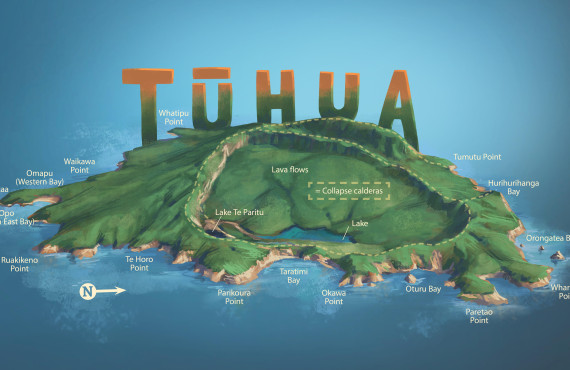
Only the facts: new Tūhua/Mayor Island Volcano resource now available
Lying offshore of western Bay of Plenty, Tūhua/Mayor Island is a famous big-game fishing and diving destination, and a haven for wildlife as a pest-free sanctuary. But did you know it is also a dormant volcano?
Find out more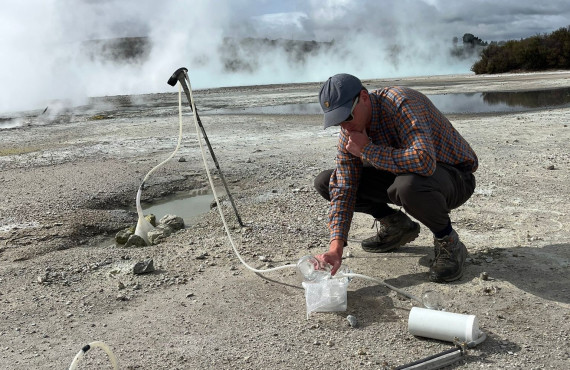
Earth Sciences NZ secures $2.6M in Marsden Fund Support
Four new research projects led by Earth Sciences New Zealand have received support from the prestigious Marsden Fund. These projects will tackle some of the most pressing challenges in energy, sustainability, and volcanic risk.
Find out more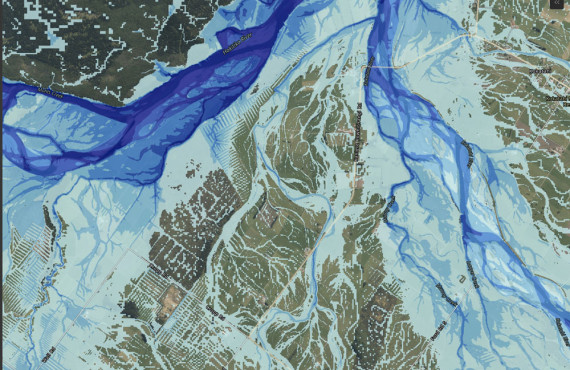
Nationwide study reveals escalating flood risk
New research led by Earth Sciences New Zealand reveals that more than 750,000 New Zealanders live in locations exposed to flooding from one-in-100-year rainfall flooding events. And this number could increase to more than 900,000 with a further 3 degrees of warming due to climate change.
Find out more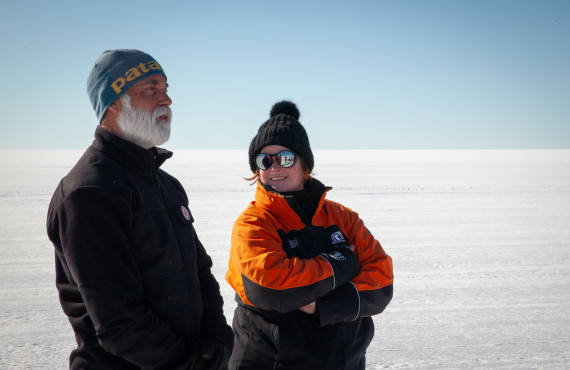
Behind the scenes of SWAIS2C’s hunt for climate clues at the Antarctic frontier
Last summer a team of scientists and drillers ventured to the far reaches of the Ross Ice Shelf to drill for geological records critical for forecasting future sea-level rise. The story of the highs and lows of their mission reveals the grit and determination behind world-leading Antarctic research.
Find out more